Leora J. Goodin
I'm a blogger dedicated to sharing insights on lifestyle and wellness. Through personal stories and practical tips, I aim to inspire and empower my readers to lead healthier, more fulfilling lives.
Black Friday and Cyber Monday 2023 Deals for Motion Designers, grab it now!
Students and teachers save a massive 71% on Creative Cloud All Apps
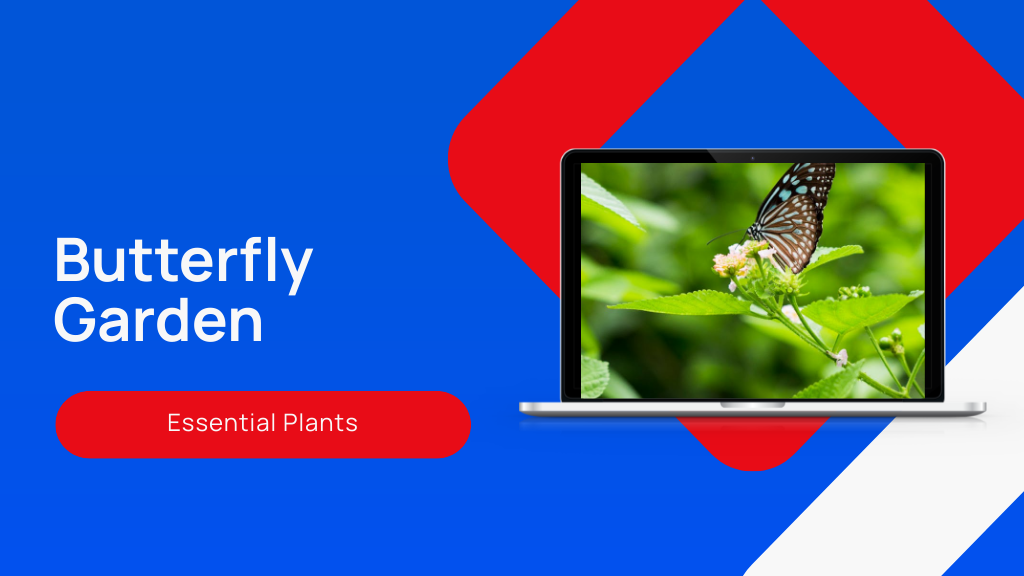
Learn about the seven essential plants that will transform your garden into a butterfly haven, revealing surprising benefits you won't want to miss.
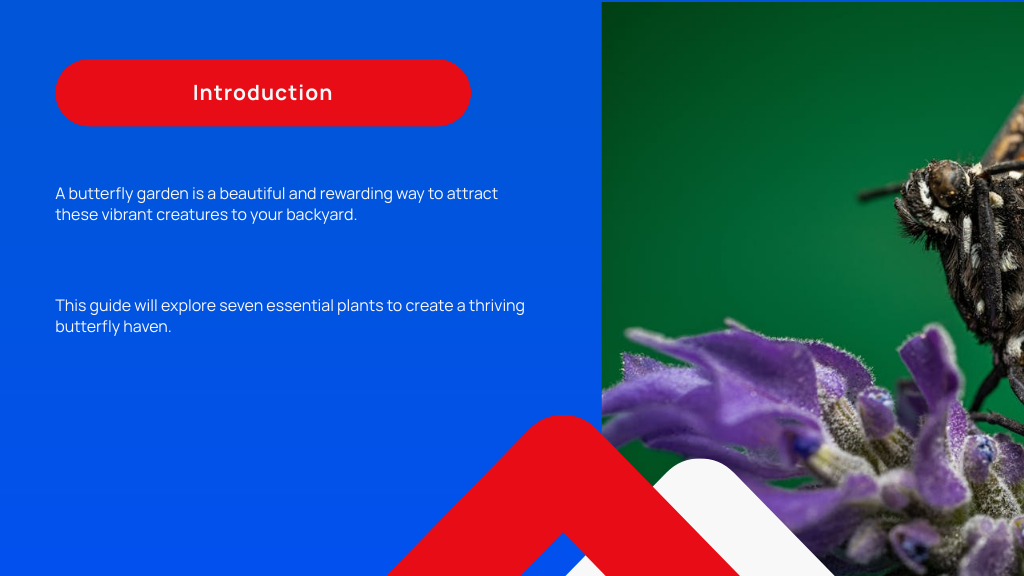
To create a vibrant butterfly garden, focus on seven essential plants. Start with milkweed, the sole host for monarch caterpillars. Add coneflowers and butterfly bushes for their nectar-rich blooms, attracting a variety of butterfly species. Lantana brings colorful visual appeal, while asters and black-eyed Susans provide late-season nectar. Finally, consider Joe Pye weed, which offers additional nourishment. These plants guarantee your garden thrives with butterflies, and there's even more to explore about each plant's unique benefits.
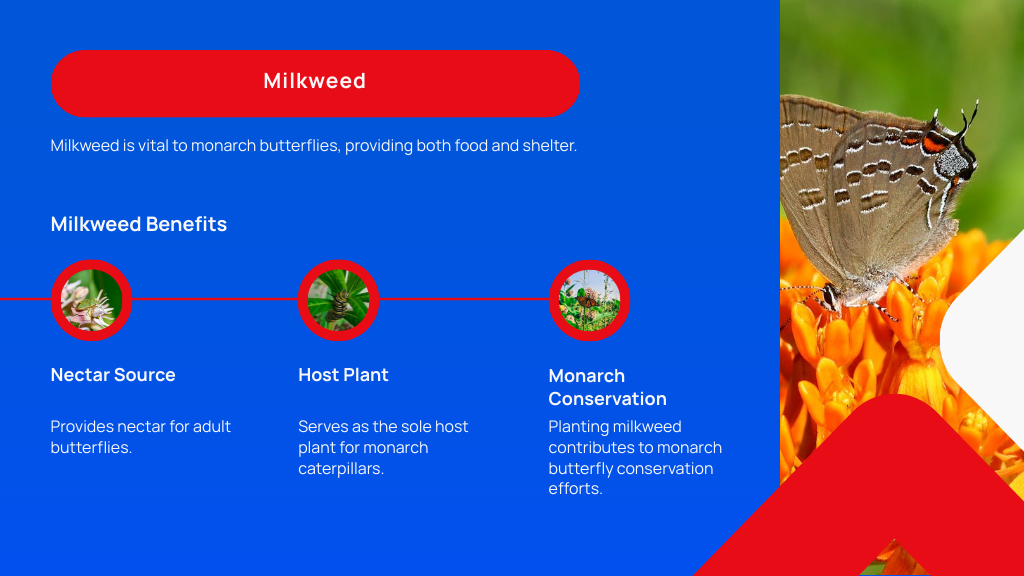
Milkweed is the cornerstone of any butterfly garden, especially for monarch butterflies. You'll want to include the butterfly milkweed plant, which boasts vibrant orange or yellow flowers that attract these stunning insects. This native perennial thrives in full sun and well-drained soil, making it an ideal choice for your garden.
Not only does it provide nectar for adult butterflies, but it's also the sole host plant for monarch caterpillars, offering them crucial nourishment. By planting butterfly milkweed, you create a haven for these creatures while contributing to their conservation.
Remember to avoid using pesticides, as they can harm both butterflies and caterpillars. Embrace this essential plant, and watch your garden flourish with life and color!
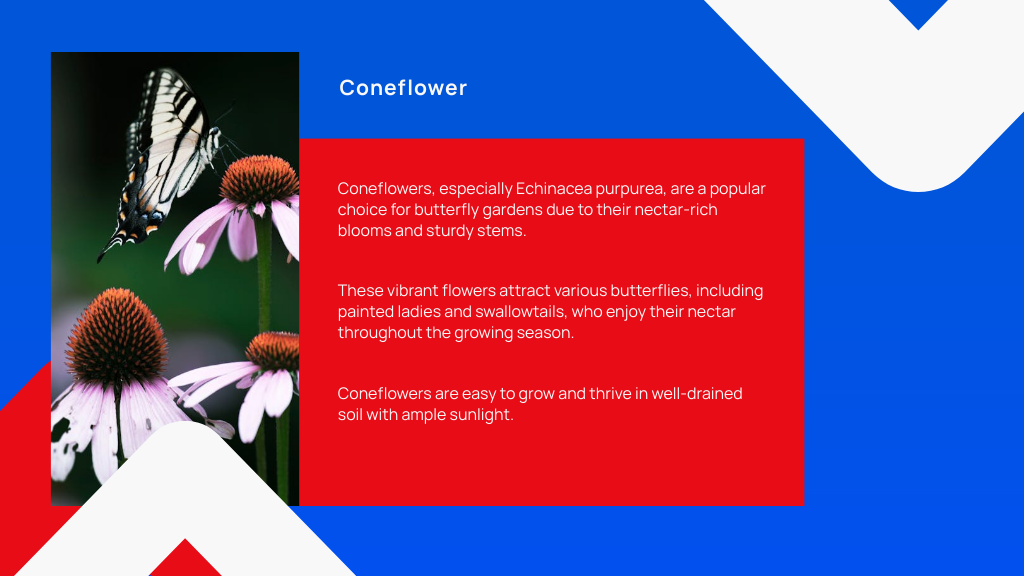
While you may focus on milkweed for monarchs, coneflowers are equally essential for attracting a variety of butterflies. These vibrant flowers, particularly Echinacea purpurea, thrive in sunny spots and well-drained soil, making them perfect butterfly garden plants. Their sturdy, upright stems support large, daisy-like blooms that offer nectar to butterflies like painted ladies and swallowtails.
Planting coneflowers in groups enhances their visibility and draws more butterflies to your garden. They're also drought-tolerant, which means less maintenance for you.
Plus, their seed heads provide food for birds during the winter months. By including coneflowers in your butterfly garden, you're not just creating beauty but also supporting a diverse ecosystem that nurtures these delicate creatures throughout their life cycles.
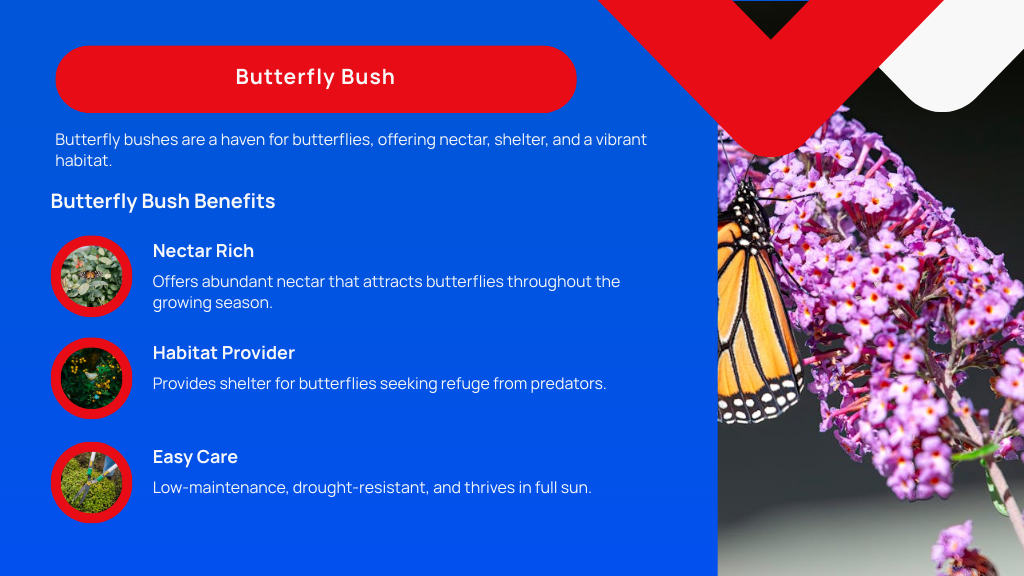
When you want to create a vibrant butterfly garden, incorporating a butterfly bush (Buddleja) is a must. This perennial shrub is renowned for its fragrant, nectar-rich flowers that bloom in various colors, attracting butterflies throughout the growing season.
Plant your butterfly bush in full sun to guarantee healthy growth and abundant blooms. It thrives in well-drained soil, making it low-maintenance and drought-resistant once established. Regular pruning in early spring promotes bushier growth and more flowers.
Additionally, the butterfly bush serves as a habitat, providing shelter for butterflies seeking refuge from predators. With its stunning appearance and butterfly-attracting benefits, the butterfly bush is an essential addition to your garden, enhancing its beauty while supporting these delicate pollinators.
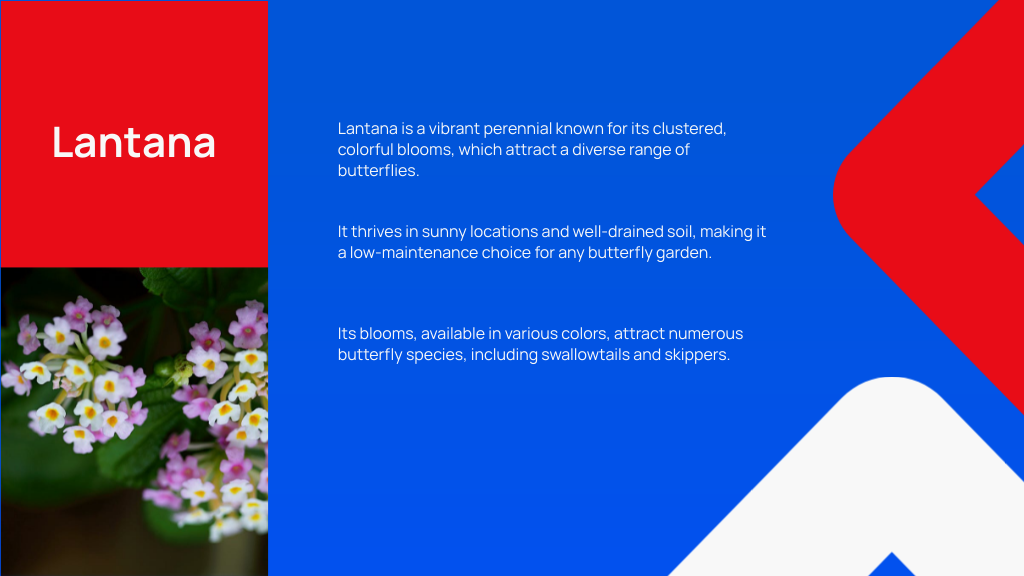
To attract a diverse range of butterflies to your garden, consider planting Lantana (Lantana camara), a vibrant and hardy perennial known for its clustered, colorful blooms.
This remarkable plant not only adds visual appeal but also serves as an essential nectar source for butterflies. Lantana thrives in sunny locations and well-drained soil, making it a low-maintenance choice for any butterfly garden.
Its blooms, which come in various colors, attract numerous butterfly species, including swallowtails and skippers. Additionally, Lantana's resilience to drought and pests guarantees it remains a strong contender among butterfly plants.
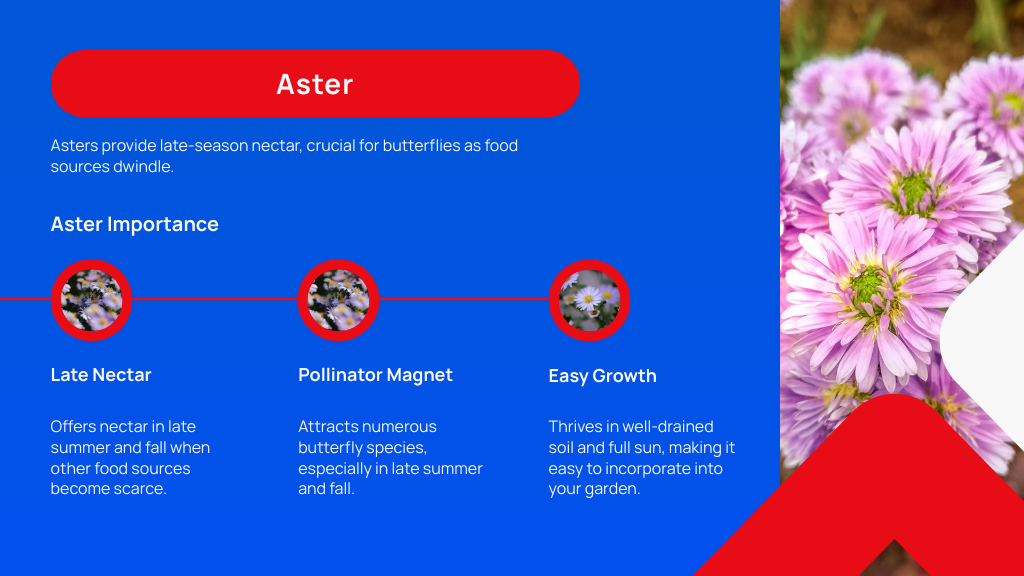
After establishing a vibrant foundation with Lantana, consider adding Aster (Aster spp.) to your butterfly garden. These perennial butterfly flowers are a magnet for numerous butterfly species, especially in late summer and fall when food sources become scarce. Asters produce an abundance of small, daisy-like blooms in various colors, providing nectar that butterflies adore.
Planting Aster in clusters enhances its visibility and attracts more visitors. They thrive in well-drained soil and full sun, making them easy to integrate into your garden design.
Additionally, asters support beneficial pollinators and contribute to biodiversity. By including Aster, you'll not only enrich your butterfly garden but also create a dynamic ecosystem that nurtures these beautiful insects throughout their lifecycle.
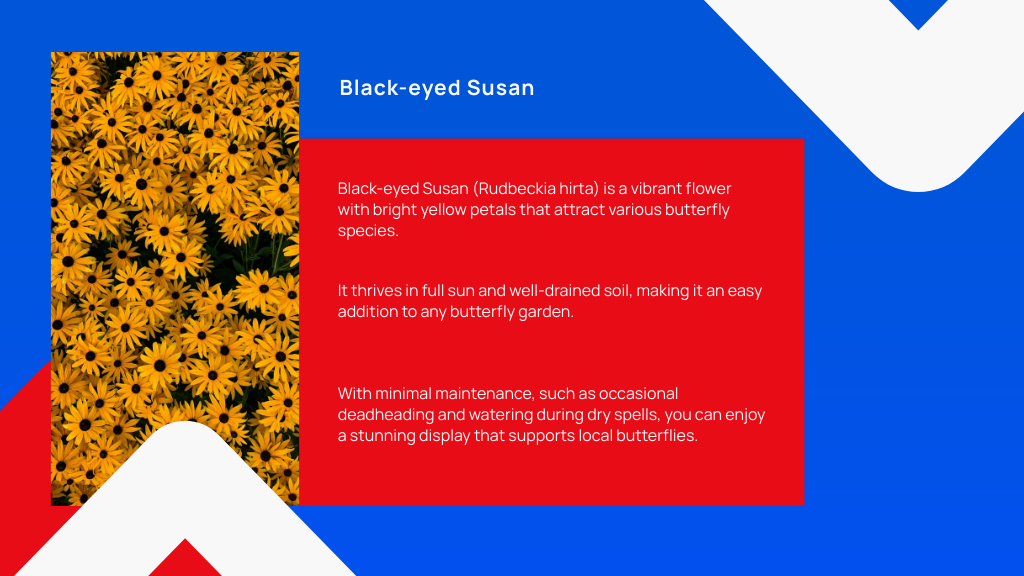
Black-eyed Susan is a fantastic choice for your butterfly garden, attracting various butterfly species with its vibrant yellow blooms. It thrives in full sun and well-drained soil, making it easy to incorporate into your landscape. With minimal maintenance—just occasional deadheading and watering during dry spells—you'll enjoy a stunning display that supports local butterflies.
When you want to attract a variety of butterfly species to your garden, incorporating Black-eyed Susan (Rudbeckia hirta) is a smart choice. This vibrant flower not only adds a splash of color but also serves as a vital nectar source for butterflies.
Its bright yellow petals draw attention, making it an inviting stop for species like the Eastern Tiger Swallowtail and Monarch. Pairing Black-eyed Susan with other butterfly-friendly plants, such as the butterfly weed plant, enhances your garden's appeal.
These plants provide diverse nectar sources, ensuring butterflies have food throughout their life cycle. By creating a mix of these blooms, you'll establish a thriving habitat that welcomes butterflies and encourages them to linger in your garden.
To successfully cultivate Black-eyed Susan in your butterfly garden, you'll need to provide specific growth conditions that promote healthy development. This vibrant perennial thrives best in environments that mimic its natural habitat.
Here's what you should guarantee:
Although maintaining Black-eyed Susans may seem straightforward, there are specific practices that can enhance their health and longevity in your butterfly garden.
Start by ensuring they receive full sun for at least six hours daily, which encourages vibrant blooms. Water them regularly, especially during dry spells, but avoid overwatering to prevent root rot.
Deadheading spent flowers will promote additional blooms and deter self-seeding. If you're growing this butterfly plant indoors, make sure it's placed near a bright window and rotate it occasionally for even light exposure.
Fertilizing with a balanced, slow-release fertilizer in spring can also boost growth. Finally, watch for pests like aphids and treat them promptly to maintain a thriving environment for butterflies.
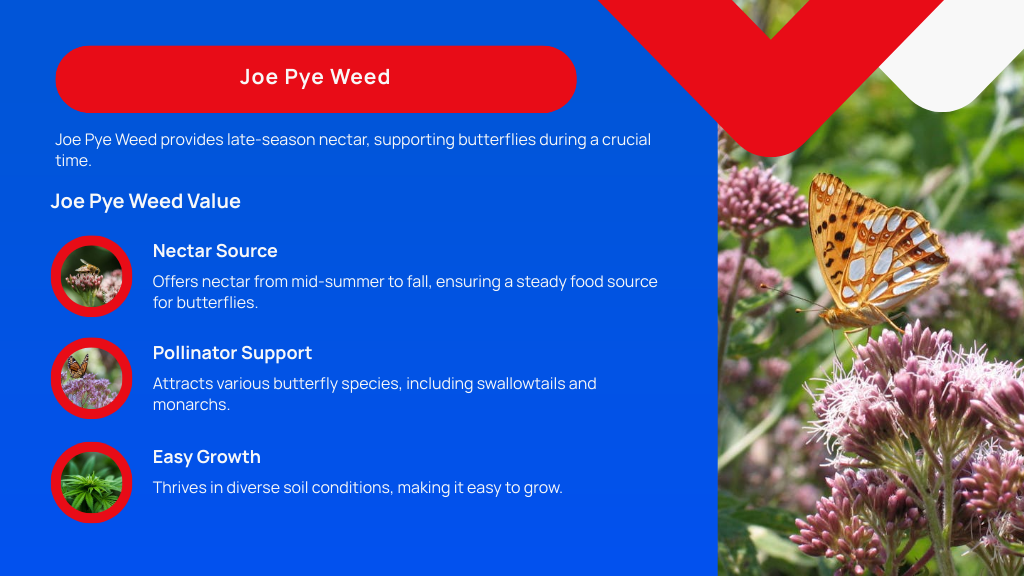
As you cultivate your butterfly garden, consider incorporating Joe Pye Weed, a native perennial that not only adds visual interest but also serves as an essential nectar source for various butterfly species. This tall, showy plant thrives in sunny locations and can reach heights of up to 7 feet, making it a striking addition to your landscape.
Here are some reasons to include Joe Pye Weed in your garden:
With Joe Pye Weed, you'll create a vibrant habitat for butterflies and enrich your garden's ecosystem.

By nurturing these seven essential plants, you're not just cultivating a butterfly garden; you're weaving a tapestry of life that dances with color and movement. Each bloom symbolizes a crucial part of the ecosystem, providing nourishment and shelter for these delicate creatures. As you watch butterflies flit from flower to flower, you're witnessing the beauty of nature's cycle, transforming your garden into a sanctuary where life thrives and flourishes, reminding us of the importance of preserving our pollinators.
Your email address will not be published. Required fields are marked *